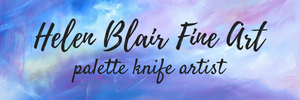Hello and Welcome, I writing 1 or 2 tutorials a week adding to this blog, explaining techniques in getting started with oil painting. This one is about brushes and their uses, I hope it is of help to you.
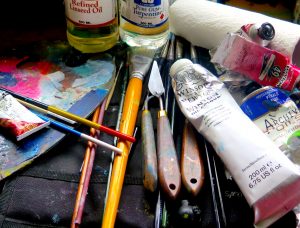
This ones taken me a while to get done as I don’t have much internet at the moment out in the hills of Otago and we are camping while our barn gets built, so it can be a little tricky at times, but its great for outdoor painting!
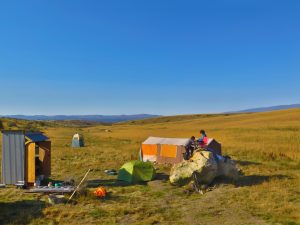
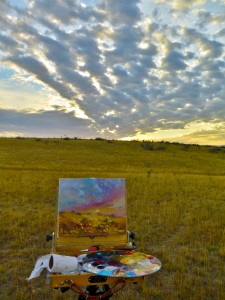
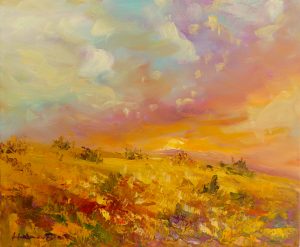
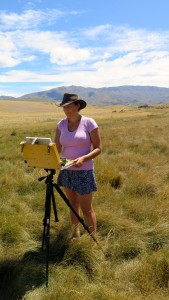
New painting! now available on my website
Oil on canvas ,10 x 12 inches, wide white frame, free shipping world wide
Brushes
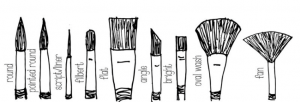
I like to use a range of brushes, mostly the flats , points, filberts rounds and script liners, but you have many to choose from, heres a list of the more common types of brushes and their uses.
Rounds
Round or pointed tip.
Good for: sketching, outlining, detailed work, controlled washes, filling in small areas. creates thin to thick lines – thin at the tip, becoming wider the more its pressed down.. use with thinned paint rather than thick paint.
Flats
Square end, with medium to long hairs.
Good for: bold strokes, washes, filling wide spaces, impasto. can use edge for fine lines, straight edges and stripes. long haired flat brushes are ideal for varnishing.
Brights
Flat with edges curved inward at tip, with shortish hairs.
Good for: short controlled strokes. thick, heavy color. better for working up close rather than holding the brush at a distance from the canvas.
Filberts
Flat and oval-shaped end with medium to long hairs.
Good for: blending, soft rounded edges like flower petals. this brush is sort of a combination of the rounds (because they can be used for detail) and flat (because they can cover more space than round).
Fan
Flat, spread hairs.
good for: natural hairs are good for smoothing, blending, and feathering. synthetic hairs are better for textural effects, clouds, and leaves on trees. for acrylics, use strong and sturdy one, otherwise the hairs will clump when paint is added.
Angular Flat
Flat with angled hairs at end.
Good for: curved strokes and filling corners. can reach small areas with tip. also can be used to cover lots of space, similar to flat brushes.
Detail Round
Round, hairs shorter in length. shorter handle.
Good for: details and short strokes. holds more color than you might think!
Script Liner
Long hairs.
These are great for detail on grasses, trees, branches, anything that needs long fine details.
Oval Wash
Wash brushes come in varied shapes. The oval wash has rounded hairs, flat ferrules, and produces a soft edge, with no point. A wash brush is useful for laying in large areas of water or color, for wetting the surface, and for absorbing excess media.
